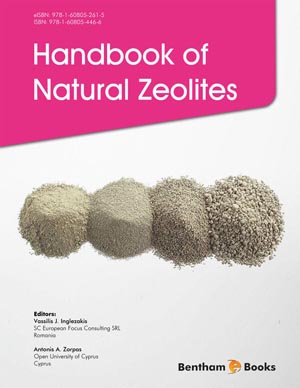Abstract
Hospital plays a critical role in prevention and treatment of diseases, as well as rehabilitation and improvement of public health. The biomedical waste is the waste that is generated during the diagnosis, treatment or immunization of human beings or animals or in the production or testing of biological components. The application of proper waste management techniques and their identification help improve the understanding of a good waste management practice. A cost-effective environmentfriendly technology is also required. The present study was carried out to find the significance and to recommend the development method of bioremediation using fungal strains isolated from cow dung. Further, the isolated fungal strain was identified by using the 18S r-RNA sequencing method, which helps to identify the species. 18S r- RNA sequencing is one of the techniques that have been used to identify microorganisms. Thus this strain was identified as C. neoformans based on its morphological characteristics and the r-DNA sequencing of its region data, followed by FESEM characterization. The surface texture and morphology of medical wastes like catheter, IV tubes, were analysed. The fungal strains grown in the biomedical waste powder were observed for their ability to grow and absorb the waste. The results showed that Cryptococcus neoformans strongly adheres to the surface of polyethylene powder, indicating the utilization of medical waste. From the results obtained, it was clear that C. neoformans has the ability to degrade medical wastes like catheter and IV tubes. Bioremediation of the medical wastes can reduce pollutants in the soil and atmosphere and cause less harmful effects to the plants and animals.
Keywords: Biodegradtion of Plactics, Biomedical Waste, Bioremediation, Bollution.












